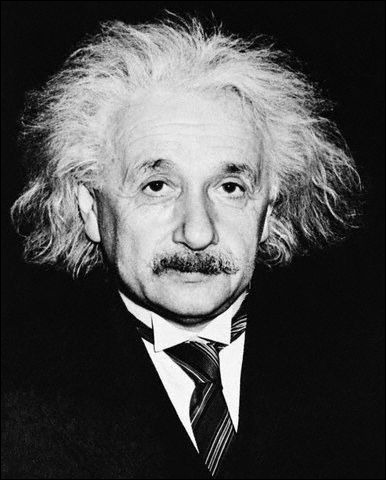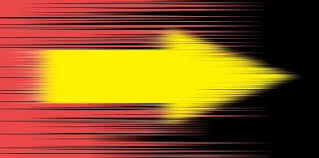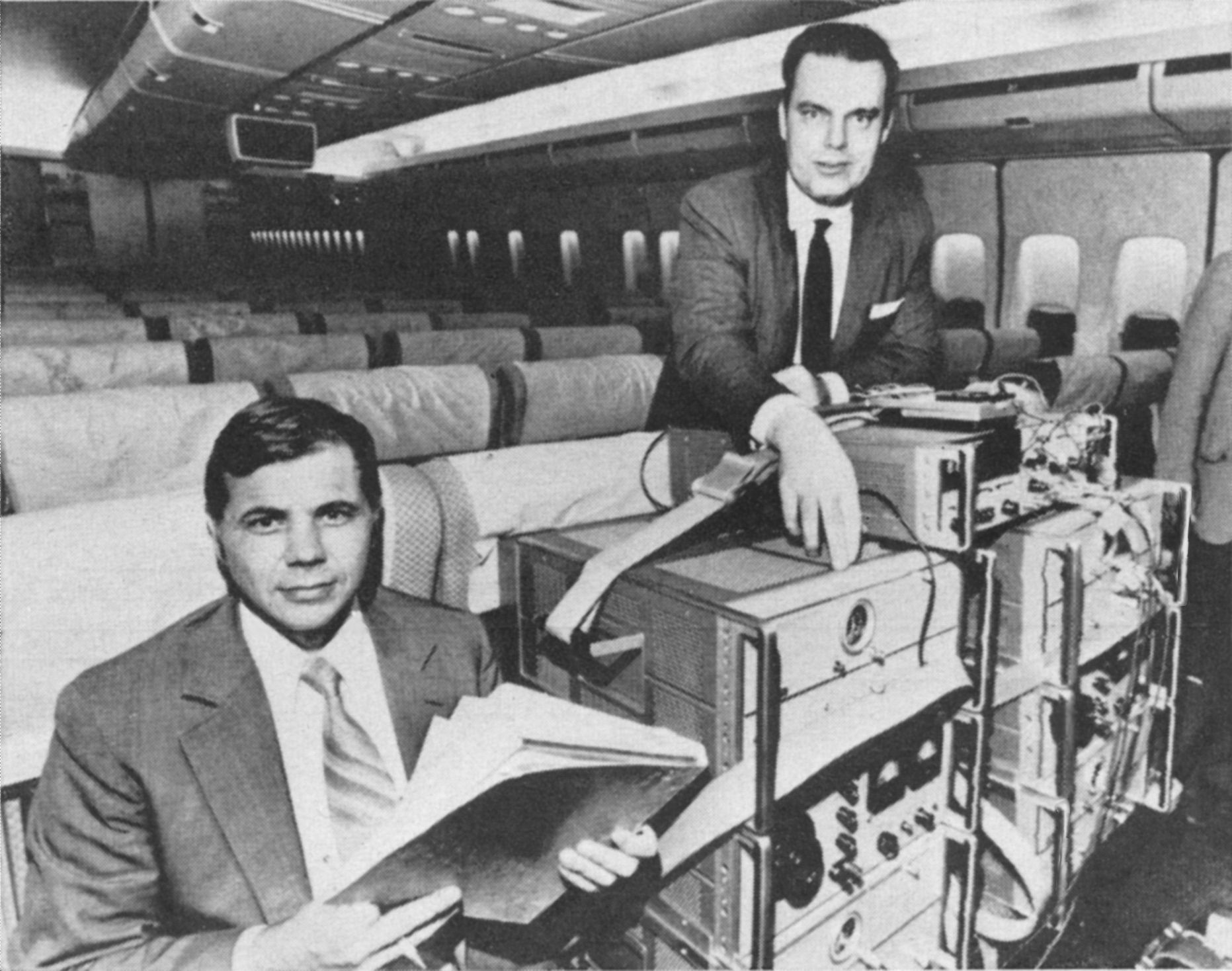What if we chase the light with same speed with it?
Einstein was wondering about it everyday and every night.
If we sit in a subway lookout of the window, and watch the car which has equivalent speed with it, it looks stagnant. We all know this.
Can we adapt the situation above into light?
The velocity of light is almost 300,000 km/s.
Is it going to be stagnant, if we chase with equivalent velocity?

No, It isn't
It is still stretching with formidable velocity.
Einstein contrived the theory of relativity from this question.
And finally concluded as "Time goes differently, and it depends on quantity of motion of object."

Then, what is speed?
Speed is, generally, dividing moved distance by time.
In other words, it is dividing of space quantity by time quantity.

What is movement?
Most of people may answer, " It's just a move of object."
It's wrong
Movement = Movement in space + Movement in time
Every stagnant thing is taking movement in time
and every moving thing is taking movement in time and space simultaneously.

A stopped car is taking movement only in time. However, when it starts to move, it consumes a part of motion which it uses in movement in time to movement in space.
The quantity of motion is absolute. It can't be doubled or increased.
It might sounds weird, but time of the person who drive a car in front of you is passing later than your time.

Hafele–Keating experiment
And finally concluded as "Time goes differently, and it depends on quantity of motion of object."

Then, what is speed?
Speed is, generally, dividing moved distance by time.
In other words, it is dividing of space quantity by time quantity.
What is movement?
Most of people may answer, " It's just a move of object."
It's wrong
Movement = Movement in space + Movement in time
Every stagnant thing is taking movement in time
and every moving thing is taking movement in time and space simultaneously.

A stopped car is taking movement only in time. However, when it starts to move, it consumes a part of motion which it uses in movement in time to movement in space.
The quantity of motion is absolute. It can't be doubled or increased.
It might sounds weird, but time of the person who drive a car in front of you is passing later than your time.

Hafele–Keating experiment
Hafele and Keating did a experiment to examine the theory of relativity in 1971. They equipped 8 cesium atomic clocks. 4 of those were on the ground, and the other 4 were in the airplane. After the flight, clocks which were in the airplane were 59/1 billion seconds later than the clocks on the ground.
Einstein was right.
There is no exact 12 a.m.
댓글 없음:
댓글 쓰기